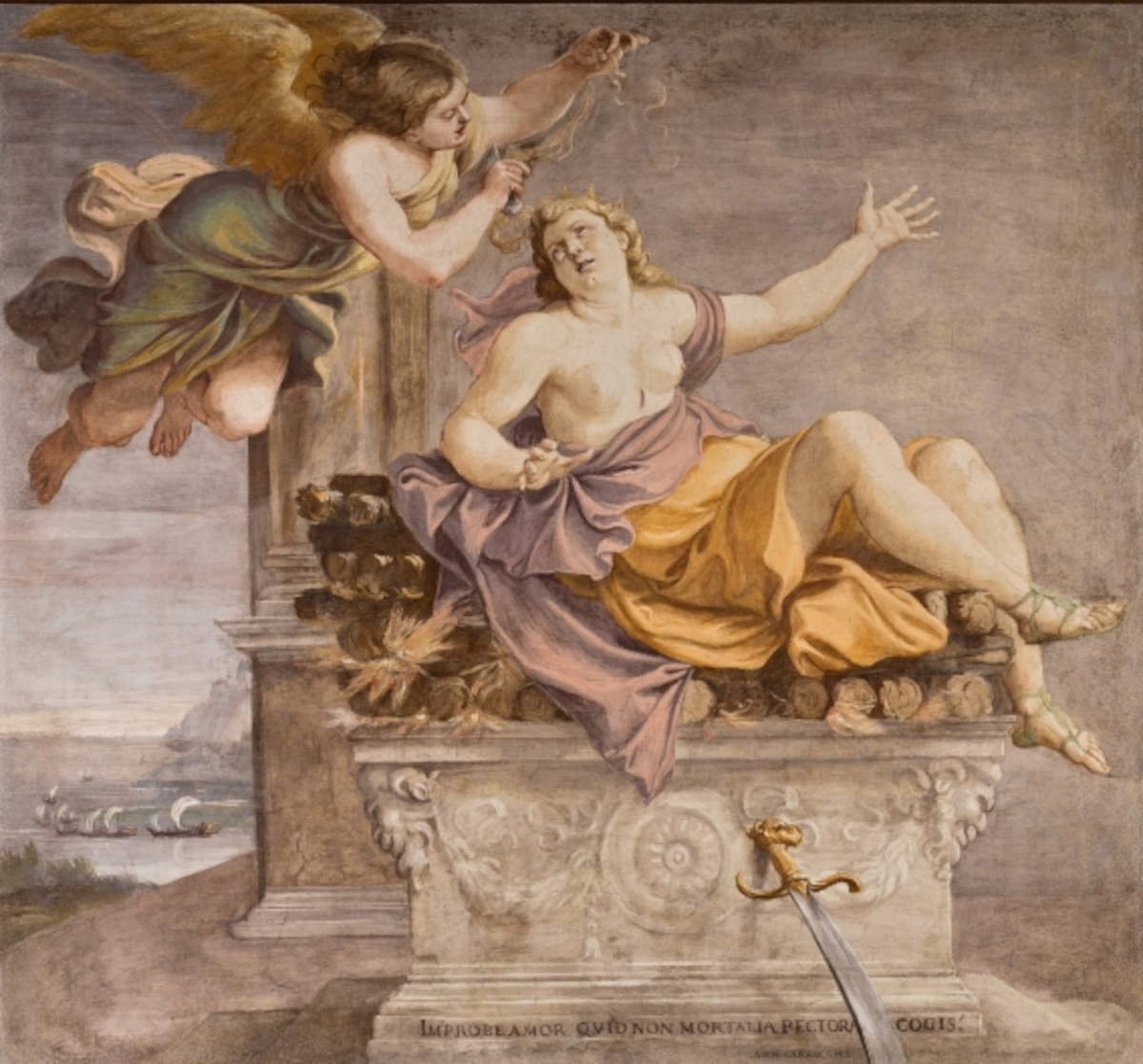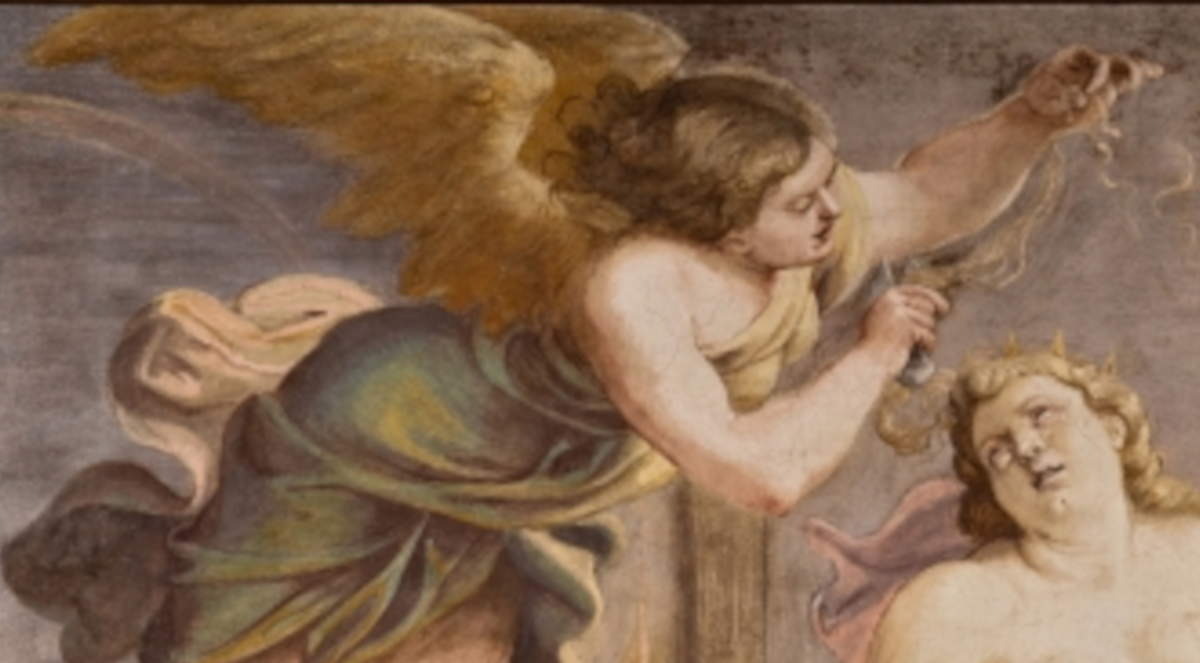Bologna, a dossier exhibition recounts Carracci's frescoes for two Bolognese fireplaces
From May 18 to September 22, 2024, the Civic Museums of Ancient Art of the Bologna Civic Museums Sector presents in the Urban Room of the Municipal Art Collections at Palazzo d’Accursio the dossier exhibition Ludovico and Annibale Carracci. Ancient Stories for Two Bolognese Fireplaces in the Michelangelo Poletti Collection, curated by Angelo Mazza.
At the core of the exhibition project are the two frescoes with Alexander the Great and Taide setting fire to Persepolis by Ludovico Carracci (Bologna, 1555 - 1619), and the Death of Dido by Annibale Carracci (Bologna, 1560 - Rome, 1609), executed around 1592 for two fireplaces in Palazzo Lucchini (later Angelelli, then Zambeccari) in Piazza Calderini in Bologna. The paintings are mentioned by Carlo Cesare Malvasia in Felsina pittrice (1678) and in Le pitture di Bologna (1686), and later in all ancient guidebooks on the city written between the eighteenth and nineteenth centuries.
Detached from the wall and restored to canvas for conservation reasons, the two frescoes were put up for sale at an auction house in Florence in September 2022 and adjudicated by the entrepreneur Michelangelo Poletti, whose collection specializing in Bolognese and Emilian painting between the 16th and 18th centuries furnishes the castle of San Martino in Soverzano, in the municipality of Minerbio.
Annibale Carracci’s fresco with the Death of Dido has never been exhibited to the public, while Ludovico Carracci’s, Alexander the Great and Taide Setting Persepolis on Fire, was only exhibited once, in 1993, on the occasion of the monographic exhibition on the artist curated by Andrea Emiliani and set up between the Museo Civico Archeologico and the Pinacoteca Nazionale in Bologna.
Thanks to the generosity of the current owner, it is therefore possible to admire these testimonies of Bolognese artistic civilization, after the conservative restoration work carried out between 2023 and 2024 by Giovanni Giannelli of the Ottorino Nonfarmale Restoration Laboratory. Alongside the frescoes, engravings taken from them, which circulated widely in the 17th century and contributed to the fame of these paintings, will also be on display. Mythological subjects were favored for the decoration of ceilings, mantelpieces and friezes in private palaces, as is also documented by a fresco from Casa Paleotti, part of a cycle with Stories of Apollo painted by Ludovico and his team in the early 17th century, which is displayed on this occasion.
Also presented are a number of paintings by the Carracci and their workshops preserved in the Collezioni Comunali d’Arte, made for different contexts and on various media.
The exhibition is accompanied by a publication of the same name, edited by Angelo Mazza with the collaboration of Silvia Battistini, which aims to recall the history of the paintings, delve into the iconography and recount the troubled history of conservation, as well as the most recent restoration work (Bologna, Bologna University Press, 2024).
The exhibition opens Saturday, May 18, 2024 at 6 p.m., with special opening until midnight, and is part of the 2024 European Museum Night and International Museum Day program coordinated by the Metropolitan City of Bologna and Settore Musei Civici Bologna.
For info: www.museibologna.it/collezionicomunali

 |
| Bologna, a dossier exhibition recounts Carracci's frescoes for two Bolognese fireplaces |
Warning: the translation into English of the original Italian article was created using automatic tools. We undertake to review all articles, but we do not guarantee the total absence of inaccuracies in the translation due to the program. You can find the original by clicking on the ITA button. If you find any mistake,please contact us.





























